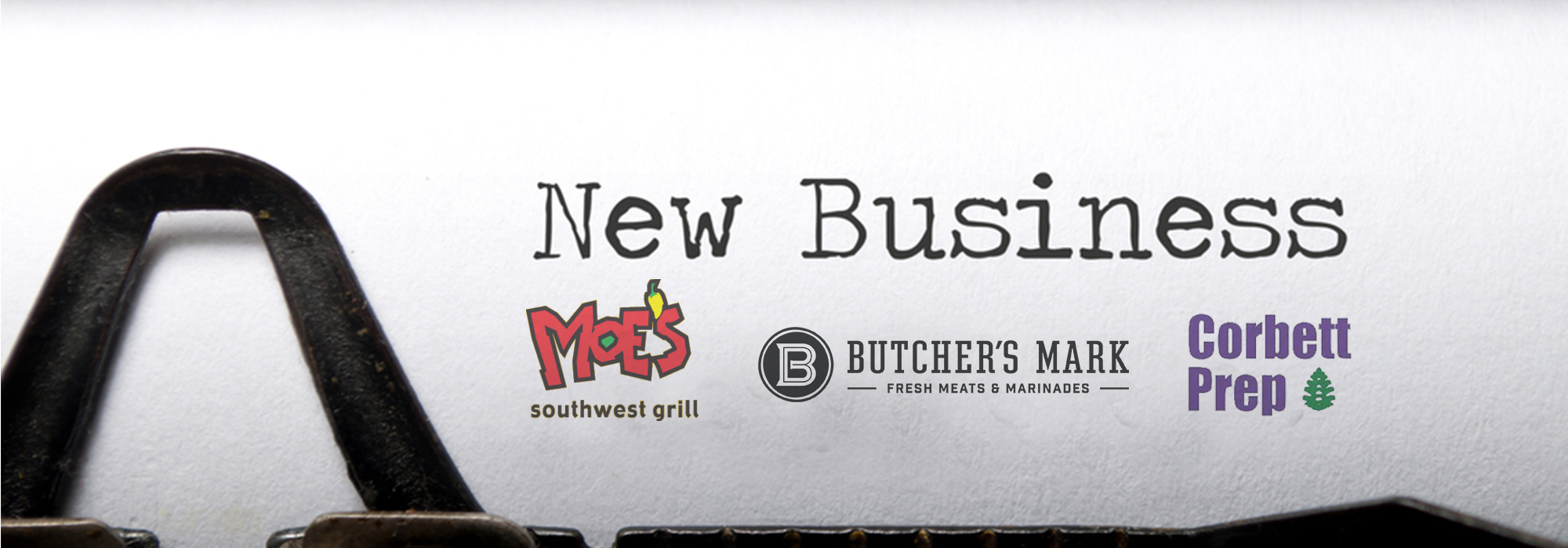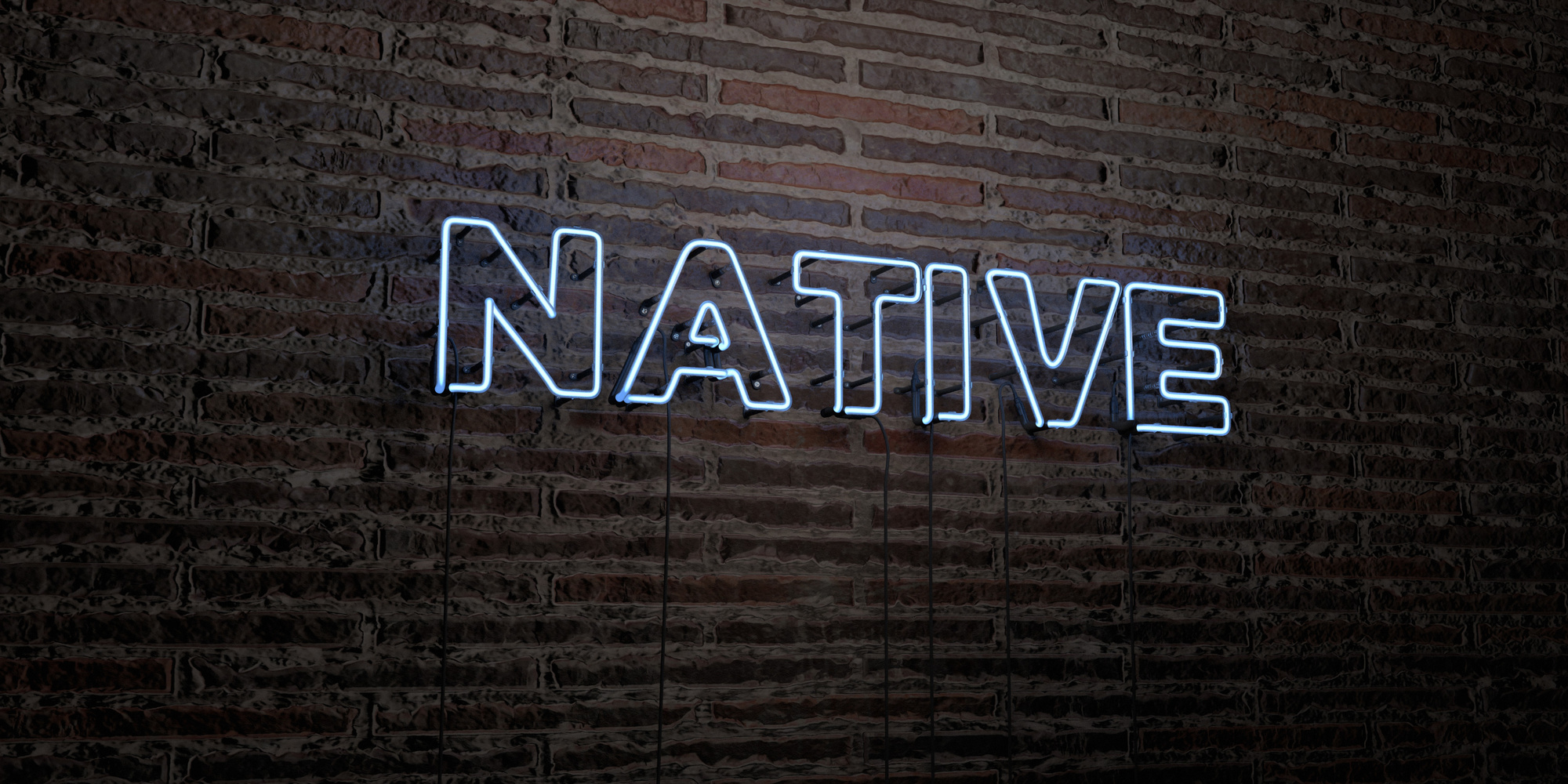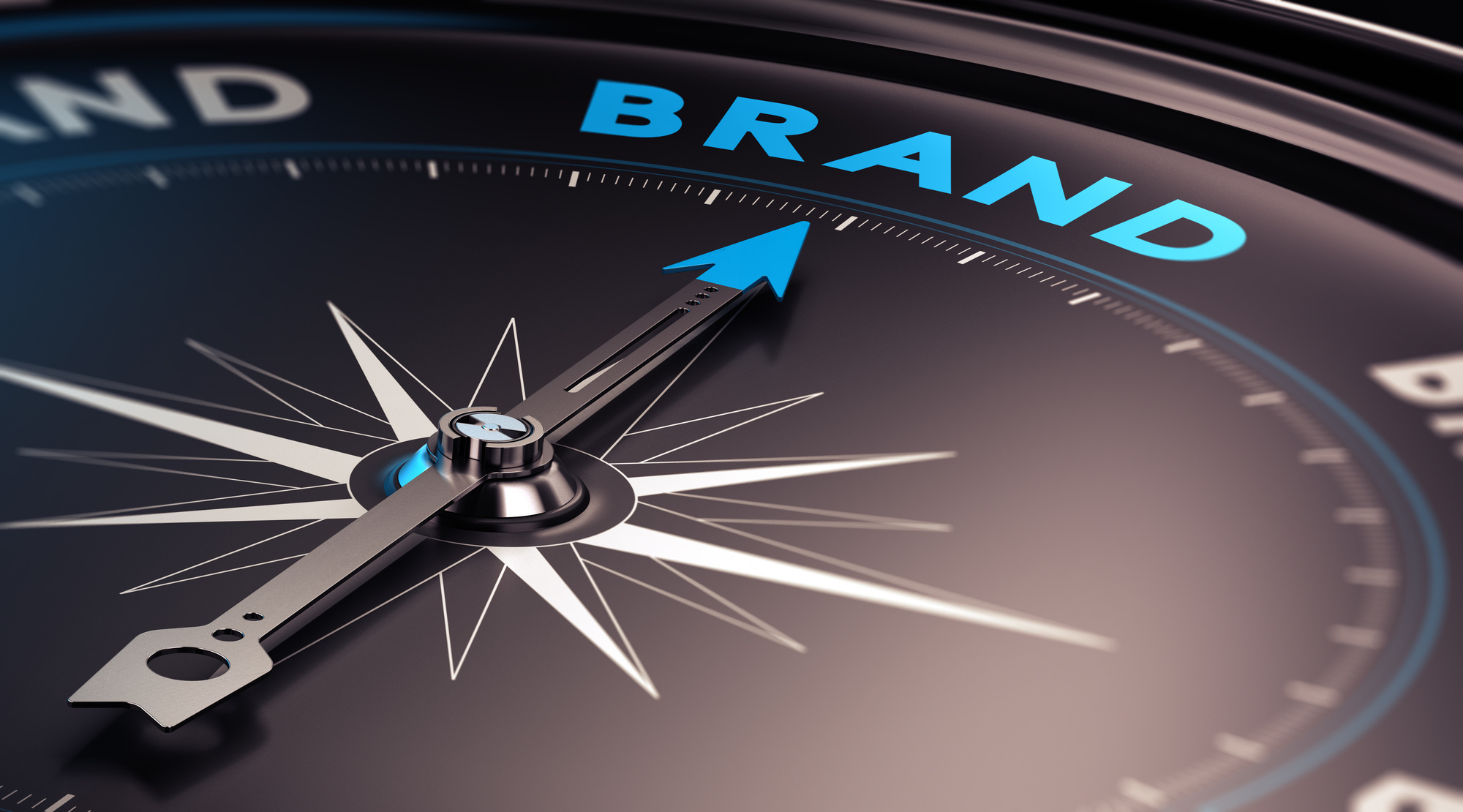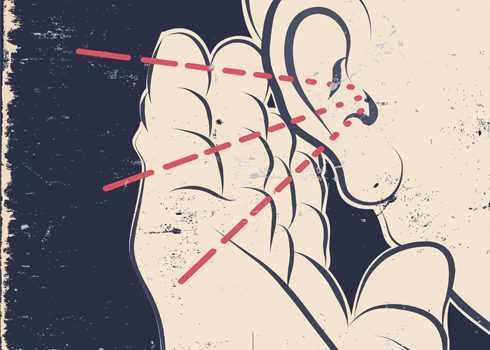New Business x 3 hits EraserFarm
EraserFarm announces new partnerships with Moe's Southwest Grill, Butcher's Mark and Corbett Preparatory School.
Creative agency continues to expand footprint with major brands, development groups
Tampa, Fla. (May 14, 2018) - EraserFarm, a creative and strategy-based agency, has been selected as agency of record for two notable brands and strategic campaign manager for a third, including both regional and national organizations. As a boutique agency, EraserFarm’s newly-named partnerships are evidence of the agency’s continued growth, direction, and best-in-class reputation that far exceeds its size.
Corbett Preparatory School and Butcher’s Mark have both selected EraserFarm as the agency of record, while Moe’s Southwest Grill Tampa Bay Advertising Cooperative have chosen the agency for its campaign management expertise. While each of the three clients represent specific industries with unique goals and objectives, all are unified with a common purpose of leveraging a highly-skilled agency to help tell their story and elevate their offering within the marketplace.
Founded in 1968 as an independent, nonsectarian school, Corbett Prep now serves more than 500 college-bound students in PreK3 through eighth grade. By weaving together multiple best practices in education, Corbett Prep produces students who are creative, innovative thinkers who collaborate and lead.
Like Corbett Prep, Butcher’s Mark was born on the idea of community. Drawing inspiration from the small butcher shops of New England, this brand new concept will be launched in Sarasota later this summer. Butcher Mark’s passion for providing only the freshest, finest, and most tender savory meats drove them to create a product unlike anything else available today. The results are marinated meats that face a strict seal of approval known as The Butcher’s Mark, guaranteeing exceptional quality and flavor.
“When it came to selecting an agency partner, EraserFarm’s experience in food, restaurant, franchising and history of challenging the status quo was exactly what I was looking for,” said ABL Brands president Charlie Haney. “They possess the branding and creative prowess we need in order to launch this new concept. But, most importantly, their ability to find that human connection between brands and their customers sets them apart from any other group I'd met with.”
EraserFarm will bring its strategic brand management and full creative production services to the partnerships with Corbett Prep and Butcher’s Mark. Moe’s Southwest Grill Tampa Bay Advertising Cooperative, which oversees the 23 stores in the Tampa cooperative, will look to EraserFarm for their restaurant industry expertise, campaign management and execution. A widely-known and recognized national brand, Moe’s serves Southwest fare at more than 700 locations in the U.S. and abroad.
About EraserFarm
EraserFarm is a Tampa-based advertising agency whose mission is to cultivate breakthrough solutions by pinpointing true, human emotions that powerfully connect with consumers. With a media-agnostic philosophy, the agency specializes in developing big ideas grounded in solid strategy and neuromarketing techniques that work across today’s evolving channels. The agency is proud to have client partnerships with organizations such as OttLite Technologies, Intrepid Powerboats, Mango Tree Coffee, Kinney Fernandez & Boire P.A. and The Homefront Foundation.
Benefits of Native Advertising for Ecommerce Promotion
It's official: companies are now spending more on digital ads than traditional ads. If you're running an e-commerce company, this might seem like a no-brainer. But if you're unaware of the benefits of native advertising, you might be spending your money in the wrong places.
Native advertising allows you to get more traffic by creating ads that look similar to the content people are looking for on a given site. By designing your ads to fit the style of native content, you'll allow potential clients to happen upon your e-commerce services in a natural way.
If you're curious as to how you can improve your digital ad strategies, check out these 5 benefits of native advertising that can help your company grow.
1. Get More Attention
The way that digital advertising trends have grown in the last 10 years has left flashy ads with too many colors behind. While a flashing rainbow of colors can attract the eye, in the context of most internet applications, it's usually out of place.
Users will decide to click on something that fits their style and sits within the kind of content they're looking at.
If you go in trying to sell something desperately, you'll turn off potential clients. You need to first be offering something of value or use to your clients. Even if there's a little icon clearly marking your content as an ad, they will still take a look at your ad because you've been transparent.
Honesty is the best way to get the attention of your potential customers. It's the one emotion that explains why we love social media and user-generated content so much.
2. Fewer Failure Points
One of the benefits of native advertising is that it's not intended to break a user's engagement with the app that they're in. Rather than having ads that are out of place or interrupt a user's flow, native advertising keeps things moving.
While a user is engaged in an app, they'll have time to consider the offer you're making to them and will be able to jump back into your ad at their convenience.
Both the ad publisher and brands benefit from native advertising. By carefully studying the analytics, demographics, and user base of an app, you can promote your e-commerce business to the people who need you the most. Without taking the time to study who your potential user base could be, you could be wasting energy.
Native advertising eliminates some of the most common points fo failure to help you get your point across.
3. Impressions Will Improve
Native ads could drive up to three-quarters of all ad revenue in the coming years. As advertisers use increasingly clever tactics for engagement, they are able to pique user interest without interrupting the consumption of content.
With smarter analytics tracking and newer technology, users can be targeted more accurately. As wearables and mobile devices pick up more information about users, native advertising will be integrated into the daily lives of your potential customers. They'll start seeing the value of this data collection as they'll no longer be inundated with ads that mean nothing to them.
One of the benefits of native advertising is that they can be combined with other data strategies to give users more than they could have imagined. It could also increase the return on investment for companies, sharing that value across the board.
4. They Aim To Be Unintrusive
The efficiency of native advertising is unmatched by almost any other advertising format. Because ads blend in with the background, they will only be aimed at those who are possibly interested while still being available to all users. They will no longer take up precious screen space that has caused ad blindness.
As more companies combat ad blindness, we will see new ways for e-commerce companies to promote their products.
Poor advertising etiquette will cause users to delete apps from their phones and never trust your company again. You'll struggle to win them back because once a user decides to work with your company, it's twice as hard to get them back if they get burned.
And with the increased usage of ad-blocking technology that's available for mobile and desktop browsers, ads will have to find new ways into user space. By creating useful content that feels comfortably fit into the space of the apps they're already using will keep them out of customer's faces will still remaining available.
5. Better Customer Targeting
For larger e-commerce sites, it's important to be able to run multiple campaigns at once. You might have a regular campaign that's open to all users while you have an overstock of a certain product that's targeted at a unique market.
One of the benefits of native advertising is the ability to run both campaigns at once. For a general use social media app, you might want to be able to run ads for every user to see. But if you get that particular user who you want to target with a special promotion, you want to be able to show them the content relevant to them.
Thankfully, with the richer amount of data available from users, you'll be able to target exactly the customers you want. If you're buying ad space on a fitness app, you can sell fitness gear to anyone. If someone is clicking around for smoothie recipes, you could aim your ads for blenders right at them.
The Benefits of Native Advertising Are Endless
Native advertising will grow and change as devices and their requisite user interactions change. You'll be able to keep yourself out of the way of users while giving users who are actually looking for your products the value of being in touch. The future of native advertising has much to reveal and as our understanding of data manipulation changes, there's sure to be more to come.
If you're ready to start using native advertising for your business, contact us to get started today.
Top 7 Brand Positioning Tips for Your Product or Service
Last year over $190 billion was spent on advertising in the United States. When approaching a branding campaign for your business, this dollar amount may make you feel like a tiny drop in an enormous ocean.
But don't get discouraged just yet. There are still ways you can stand out.
A brand isn't just a logo or tagline. It's the overall perception of a product and company in the consumer's mind.
It's also the way a person remembers your product, and the reason they come back over and over.
Changing the perception people have of you seems like a daunting task. However, there are ways you can change your brand positioning to increase exposure and refine the way consumers see you.
Let's look at 7 tactics to help get you where you want to be.
1. Understand Your Target Audience
Before you get started on your branding campaign, you have to know exactly who you're trying to reach. It doesn't make sense to move forward without this information.
However, it's not good enough to know the basics about your customers. You need to go further.
You need to find out what your audience's interests are. What products do they use and what activities do they engage in? All this helps you create a persona for your brand and appropriately position yourself.
Social media is a great way to gather this kind of information. What does your customer like on Facebook? What are they tweeting about? You can also use surveys to gather more detailed information on customer behavior.
2. Establish a Voice for Your Brand
A big part of good brand positioning is establishing a voice or persona for your company. This is the personality your brand displays to the public, so put a lot of thought into it. Ask yourself how you want a person to feel when they see one of your ads.
A great thing about creating a voice is that you have the freedom to sound any way you want. Obviously, the persona you create depends heavily on your target audience, but you have room to be creative.
When thinking about your voice, consider your business philosophy. What principles do you hold dear and how are they woven into your business operations?
What type of person works for you? What do your logo and website say about your business? All these elements should be aligned with a common voice so you create a solid persona and vibe throughout your brand.
3. Your Product's History
It's a good idea to use your primary, core product to establish your brand's reputation. This is likely the product that was the foundation of your business in the beginning.
A great brand positioning tactic is to tell a story about this product. This helps form a bond with your target audience. It also creates a connection that a consumer feels every time they think of you.
If you have a long history in the industry, telling your story helps establish trust and longevity. This results in better customer loyalty.
Your story also makes your business newsworthy. You'll get exposure through social media when people have something to learn about your brand.
4. Create a Good Tagline
A good tagline works to create a vision of your product for your customers and boost your brand positioning. A tagline needs to remain in-line with your overall voice and get across a concise but impactful message to people.
Remember to always keep your tagline short and to the point. When thinking about a tagline, ask yourself what your brand and company stand for. This goes back to your business philosophy.
You should also consider the purpose your product serves and why a consumer needs it. All these things help define what you need people to know when they see your tagline.
5. Know Your Competitors
If you're going to compete in an overwhelming marketing environment, it's essential you know what your competitors are doing with their own brand positioning. Knowing what other businesses in your industry are doing also spawns new ideas.
Once you identify who your top competitors are, look at their branding and write a list of strengths and weaknesses. This way you can get a clear picture of what they're doing better than you.
You should also take a detailed look at your competitor's product. How is it different than yours? Are there things you offer that they can't and vice versa?
If you see differences or advantages in your product, highlight those elements in your marketing campaign.
6. Emotionally Connect with Consumers
When a person connects emotionally to a product or brand, they're more likely to buy it. You need to find a trigger and use it to evoke an emotional response through your advertising.
A website and blog is a great place to do this. You can use engaging content to create an emotional connection and also form a little mystery surrounding your product.
Create blog articles that don't just promote your brand, but inform and engage your audience. Talk about lifestyles and ideas that your target audience will connect with. This shows them that you're not just about selling a product.
When a person connects with content on your site, blog or on social media, this engagement sticks with them. The next time they think about or see your product, this emotional response returns.
7. Consistency
Brand positioning suffers when a consumer receives a different message about your product from different sources. This goes back to threading your voice through every element of your marketing campaign.
You absolutely must be consistent with your message if you want to avoid confusing the consumer. Your product will cease being compelling and any connection a consumer once had will be severed.
Everything from the content on your site to your logo, to customer service, needs to be aligned. Doing so not only forms a long-lasting connection, it also instills trust in your customers.
Get Noticed with Strong Brand Positioning
Whether you're creating a new brand from scratch or want to refine an existing identity, correctly positioning yourself is essential for higher conversion. In today's highly-competitive marketing landscape, you can't afford to blend in. You have to stand out.
EraserFarm is an agency driven by unbiased, human emotion and provides a wide range of advertising solutions in the Tampa area and beyond. Contact us today to learn more.
The Secret to a Great Agency + Client Relationship
How many times have you heard that? That there’s no “I” in team. The reality is you rarely accomplish something solo. The people around you–whether working directly or indirectly–give you the strength to forge forward and create, develop, and build.
Agency teams and client marketing departments are no different. The relationships that are formed with these two entities are paramount to successful outputs. Working together, relying on each other and having the ability to remain honest and direct is a solid recipe for positive, brand building results.
I remember several years ago when I was client side, I just hired an ad agency to manage one of the brands I was handling. Sales for this particular brand had been declining for quite some time, and we needed a different approach for a saturated category. Something that would break through and create the level of awareness the brand hadn’t seen in awhile. The first round of creative ideas tanked. Way off strategy, and not at all differentiating enough to make the impact we needed. Not an easy conversation to have with people you truly enjoy working with. The agency was great, and our relationship with them was even greater. Imagine telling your best friend that the new outfit she was so happy to be wearing, looked ridiculous on her. That’s the position I was in.
Because I knew the agency could do better–because I knew I could rely on them to work with me and my team to create the breakthrough messaging the brand needed–I had the conversation with them. And, it went great. Together we were able to re-concept a phenomenal branding and traffic driving campaign that helped elevate brand awareness and put the company back on track. Last I checked in, the brand was doing double digits in comparable store sales. Pretty amazing.
So it goes without saying that relying on your team, your partner, your boss, your co-worker, or anyone for that matter to accomplish your goals, is a necessary part of being successful. You’re never alone in anything that you do if you just look around. There is always someone right there ready to lend a hand.
– Cindy Haynes
What Every Client Wants to Hear
I can’t tell you how many articles I’ve read that talk to what “every young account person should know.” The reality is we all need a swift kick in the keister once in a while – whether you’ve been in the business 25 years or 25 days. It’s extremely easy to become complacent and take advantage of client/agency relationships, especially when they are of the good, long-standing kind.
But, as quick as the account was once won, it can be lost because the relationship wasn’t as strong as it could have been. All kinds of issues can be salvaged if the agency/client relationship is solid. And, who normally leads that charge? Yep, you guessed it. The account person.
So what can you do, newbie or veteran, to assure you indeed have the relationship that keeps business? Here’s my client affinity model:
LEARN THEIR BUSINESS – really understand how they make money; what are their margins; ROI is extremely important to them; talk their talk, and more importantly mean it. You’ll never know as much as they do, but you should push yourself to try.
INITIATE SOLID STRATEGY – from more intricate brand positioning, purpose and voice development to something simpler like creating a brand messaging strategy, ensuring that clients understand its importance is key. This includes a full evaluation of the brands’ business objectives and KPIs, which are imperative to providing the ongoing monitoring and analytics necessary thus creating more opportunity for sales success.
SALES GROWTH AND… – are you really watching this? Both overall sales and comparable sales are key to business success. It’s not just about winning great creative awards, unless of course it’s an Effie. In that case, you’re probably already using my model.
TRAFFIC INCREASES – whether your goal is to increase visits from current brand ambassadors or drive new trial, growth in this area should be monitored and analyzed consistently. As we know, customer visits have a direct link to sales, therefore you need to know the brand’s customers – understand them – please them so they return…and bring their friends.
ENGAGE DEEP ON ALL LEVELS – make sure your relationship with your client isn’t superficial. Every business has layers and layers of systems, processes, products, etc. that can add or detract from its success. This is especially true inside of franchised businesses. Local marketing effectiveness relies heavily on solid brand strategy and leadership. Make sure you are neck deep in all of it.
NEVER STOP EVOLVING – great brands get this: Disney and Madonna are two solid examples. They continue to evolve and attract new fans/customers without alienating their strong historical existing brand base. Ensure your clients understand the importance of this. Lead this charge. Keep the brand relevant and fresh with continuous consumer insights and innovative media and creative approaches.
Of course no model is complete without an acronym, right? Can you spot it?
L-I-S-T-E-N
If there’s one thing I hope someone takes away from this post, it’s that. Please, please, please LISTEN to your clients. Most often that’s what they are begging for – even internally at their own company. So, give them just that. The rewards are truly amazing.
– Cindy
What’s Better - Agency or Client Side?
Eeny, Meeny, Miney, Mo …
Choosing your career path is a big decision – no doubt. But, sometimes life presents you with an opportunity to change that path mid way. And in marketing and advertising, more specifically for account people and marketers, that opportunity is always looming.
So, the big question therein lies – Is one direction better than the other? To answer that, you must ask yourself several questions:
- Do I have an initial preference, or am I leaning one way more than the other?
- Do I really understand how the roles/responsibilities differ and how my current skills are/are not transferrable?
- Is there an opportunity to develop myself and advance my career by “switching sides?”
These are just a few questions to consider. But there are also several myths you must weigh as well.
- Client side doesn’t always pay more.
- Client side hours aren’t always better or more structured.
- Agency side isn’t always as glamorous as it may appear.
The reality is there are truly advantages to experiencing and learning both sides of the business. Personally I have jumped twice to each side. And, each time provided enormous amounts of knowledge that I would not have gained otherwise and that I will continue to share with my staff and with my clients. It has made me appreciate how both sides are extremely similar and extremely different.
I know for a fact (now that I own my own advertising agency) I treat my clients with even more respect than I did in the past. I understand their daily challenges; I empathize with the magnanimous amounts of decisions they make in a day; I feel for the fact that they too don’t always get to spend enough time with their families.
Spending the years on the client side that I did has indeed made me a stronger, more effective account person. I’m honored to have been a part of the growth and marketing strategy developed while I was on the client side, and truly appreciate the tireless energy my account teams expended on me on behalf of the agencies that served our brands.
And now, back on the digital marketing agency side as I continue to grow my own firm, I will pass on this amazing learning and serve our clients in the manner they deserve. I will entrench myself in their marketing strategy, understand how they make money and drive customer traffic and trial and make them even more successful than they are today with stand out creative work that will blow…their…minds!
– Cindy Haynes







